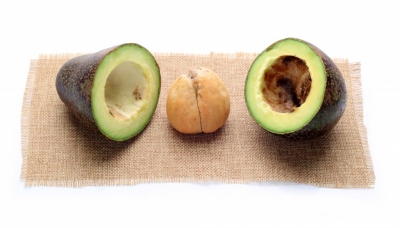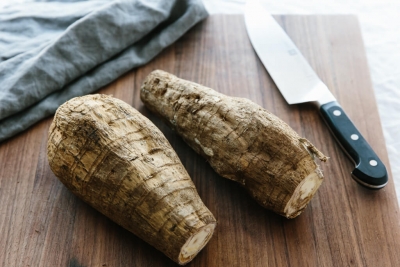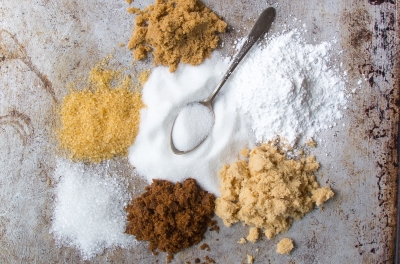Why do the fruits of some plants have stones?

Plums, cherries, apricots and peaches are among the commonest fruits with stones. The bit that interests us is the soft juicy flesh. So we tend to overlook how the fruit is put together. Look carefully at, say, a sliced peach and you’ll notice that it has three distinct layers. On the outside is the skin. Inside is the thick fleshy part that makes our mouths water. And inside that, right in the middle of the peach, is the stone. The stone is hard and we tend to chuck it in the rubbish bin without a second thought. For the peach, though, it is the most important part of the fruit because the stone consists of a hard protective shell to keep safe the seed which is inside from which another peach tree could grow.
Picture Credit : Google

